This report comes ten years after the first Criterion State of the field of gender lens investing report. In 2015, the field’s broad aim was to prove that gender mattered in investing. Today, field builders are asking bolder questions: How do we shift power? What does it look like to invest in healing, not just scaling the field? Which systems should be redesigned? It is a snapshot of ambition rather than a map of all activity. It makes visible ideas, organizations and activities that don’t always attract headlines or capital. It invites funders to expand what they see as “fundable.” And it offers a broader story of what gender lens investing could be when defined by those closest to the work.
Women leaders have shown promise in improving business performance. A survey by the International Labour Organisation (ILO) in 2019 – covering shopkeeping, sales or trade activities, manufacturing, construction, education, financial/insurance activities, and other economic services – observed that when enterprises have a gender-inclusive business culture and policies, they experienced 63 per cent increase in business productivity and profitability. Additionally, 60 per cent enhancement in the ability to attract and retain talent and a 59 per cent improvement in creativity, innovation and openness (ILO 2019).
Furthermore, globally, funders and investors are increasingly attracted to ethical and gender-inclusive funding, recognising its dual benefits to business and society. With a gender-smart approach, you can seize the opportunity to access the pool of funding by showcasing its tangible impact on gender-related outcomes, effectively aligning its initiatives with the evolving priorities of the investment landscape. Thus, by breaking down gender barriers, you can access diverse skills and expertise, strengthening your workforce and overall competitiveness.
This power-packed session themed ‘Scaling Across Borders’ will convene key players across Francophone and Anglophone West African entrepreneurial ecosystem; including ESOs, funders, and women-led SGBs
